sarah_19_nz
No longer a newbie, moving up!
- Joined
- Apr 1, 2013
- Messages
- 411
- Reaction score
- 148
- Location
- New Zealand
- Can others edit my Photos
- Photos OK to edit
Hi there,
I haven't considered a studio setup until yesterday and I was wondering what are the essential items needed for a basic portable studio setup? I suddenly want to dabble in the 'Studio' realm and need specifics on what I should purchase. From googling "basic studio setup" I have come to the conclusion I need a couple of lights on stands with 'the bigger the better' soft boxes attached, a white reflector, a backdrop and backdrop stand. What else? or is this even accurate? I already have a SB-910 speedlight, is this sufficient for one of the light sources? can you get stands for these? What is the advantage of using an umbrella rather than a softbox OR a brolly box!? I know these may sounds like basic and even 'dumb' questions but I want to get started and need to know where and what that involves. I'm on a bit of budget so no 'fancy pants' gear at this stage will be bought. What about the wattage and types of bulbs etc. I will be using my kids to practice on and will probably get into children/family photography when I get good enough. Please help me out by outlining a suggested setup... even post pics to show what you mean if possible! I really appreciate the help and look forward to the replies.
I really appreciate the help and look forward to the replies. 
I haven't considered a studio setup until yesterday and I was wondering what are the essential items needed for a basic portable studio setup? I suddenly want to dabble in the 'Studio' realm and need specifics on what I should purchase. From googling "basic studio setup" I have come to the conclusion I need a couple of lights on stands with 'the bigger the better' soft boxes attached, a white reflector, a backdrop and backdrop stand. What else? or is this even accurate? I already have a SB-910 speedlight, is this sufficient for one of the light sources? can you get stands for these? What is the advantage of using an umbrella rather than a softbox OR a brolly box!? I know these may sounds like basic and even 'dumb' questions but I want to get started and need to know where and what that involves. I'm on a bit of budget so no 'fancy pants' gear at this stage will be bought. What about the wattage and types of bulbs etc. I will be using my kids to practice on and will probably get into children/family photography when I get good enough. Please help me out by outlining a suggested setup... even post pics to show what you mean if possible!


 . Soft boxes will throw the light more directionally, whereas umbrellas really spill the light. Soft boxes are also generally more expensive and the speed ring must be matched for your light source.
. Soft boxes will throw the light more directionally, whereas umbrellas really spill the light. Soft boxes are also generally more expensive and the speed ring must be matched for your light source.
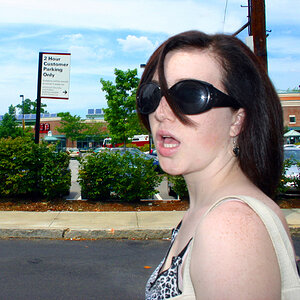
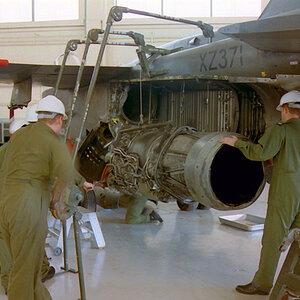
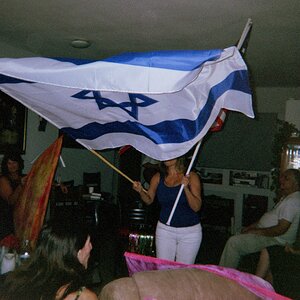
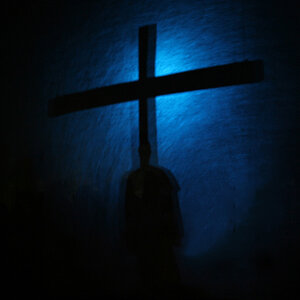
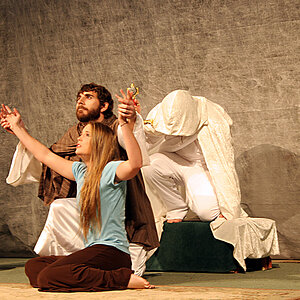

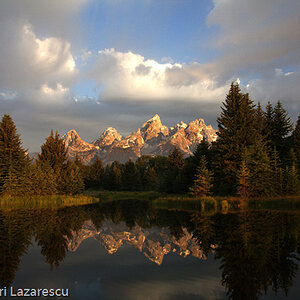

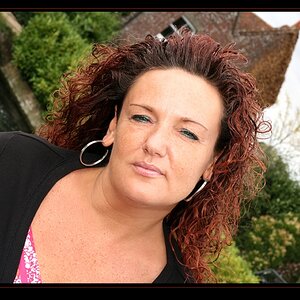
![[No title]](/data/xfmg/thumbnail/39/39225-99d579cd498f8f152a288d7e8e7ad2a4.jpg?1619738926)